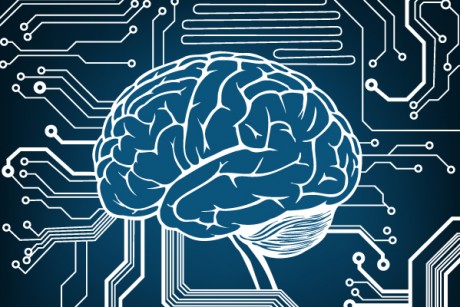
The digital revolution is upon us and the food industry is beginning to see the impact. With the help of the internet of things (IoT), food producers, processors, suppliers and retailers are uncovering opportunities to improve their operational efficiencies and drive growth. With 90% of companies investing in big data, AI and IoT, managers have the ability to make critical business decisions that lead to real revenue and margin improvements.
1. Increase Operational Efficiency
Global food loss is a staggering 1.3 billion tons per year which translates to and annual cost of $680B in industrialized nations and $310B in developing countries. Every year, consumers in rich countries waste almost as much food (222 million tons) as the entire net food production of sub-Saharan Africa (230 million tons). Besides this being hugely inefficient, it is unsustainable. The food supply chain is beginning to take notice. Some companies are starting to utilize sensors to track temperature, humidity and other parameters throughout the supply chain, increasing food safety and reducing retail shrink. Other IoT technologies and cloud services can be used to store product data and automate food quality reporting.
2. Improved Food Safety
Government regulatory agencies such as the Food and Drug Administration (FDA) and other similar agencies in industrialized countries, have created a catalyst for global change in the food industry. Focusing on compliance, prevention and the complexities of the global supply chain, regulations have steered the food industry to be more proactive and establish standards for food traceability and safety.
The use of real-time tracking of temperature and humidity can help companies closely monitor food safety data points, ensuring efficient cold chain management. Through this technology, the supply chain can work together to become compliant with local and global regulations. By using automated Hazard Analysis and Critical Control Points (HACCP) checklists during production, manufacturing and transporting processes, companies have access to consistent, meaningful data that empower them to implement food safety solutions.
3. Consumers Driving Supply Chain Transparency
Consumers expect transparency from the companies that they buy from — especially in the food industry. Being open about sourcing, ingredients, handling, etc. and having these be traceable along the global supply chain driving consumer trust and loyalty – leading to higher revenues. Although domestic and international regulations can increase the complexity of the global food supply chain, IoT technologies can make it easy for both consumers and companies to track products.
IoT is powerful and can connect the supply chain to real-time product data, creating endless opportunities for the food industry. Companies can reap the benefits by finding and solving inefficiencies in the supply chain, meeting and exceeding food safety regulations, and providing transparency to consumers.
Some Appalling Statistics – IoT and AI can help solve this…
- Even if just one-fourth of the food currently lost or wasted globally could be saved, it would be enough to feed 870 million hungry people in the world.
- In developing countries 40% of losses occur at post-harvest and processing levels while in industrialized countries more than 40% of losses happen at retail and consumer levels.
- The food currently lost or wasted in Latin America could feed 300 million people.
- The food currently wasted in Europe could feed 200 million people.
- The food currently lost in Africa could feed 300 million people.







